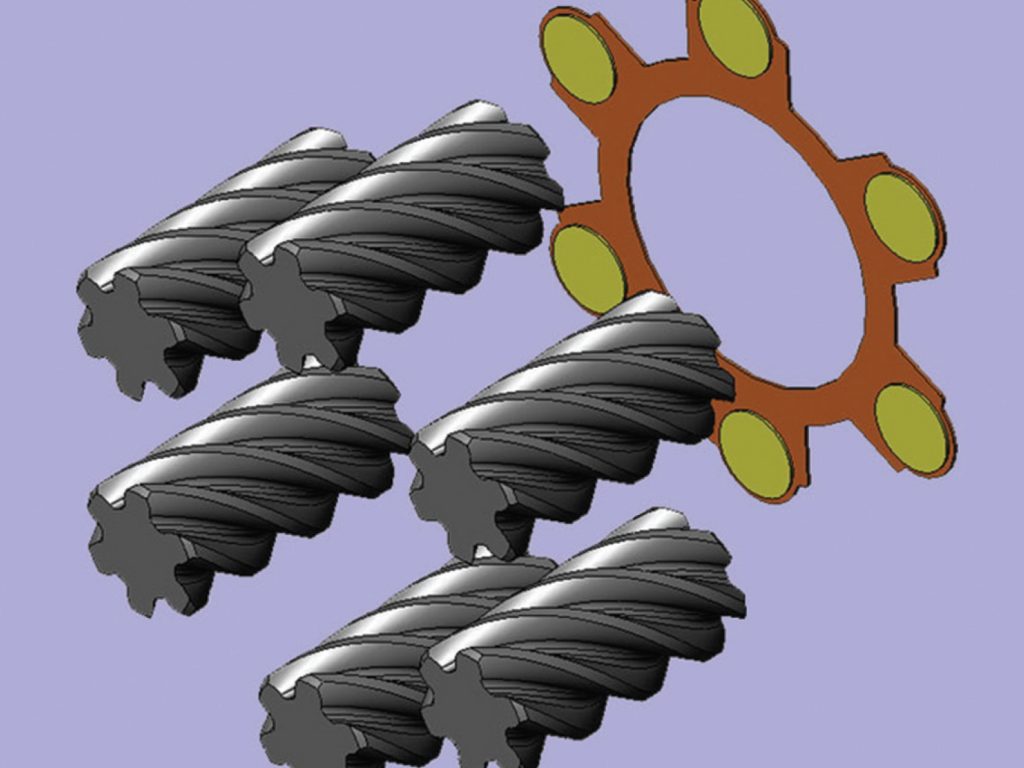Geared for Success
Just as not all clutch-type LSDs are created equal, not all gear-type LSDs are created equal. The OEM gear-type LSDs will typically have a lower Torque Bias Ratio (TBR) than an aftermarket gear-type automatic torque biasing (ATB) differential. The torque bias ratio represents the amount of torque that is sent to the wheel with superior traction when one wheel encounters a slippery situation. Higher TBR values will help get more net power to the ground in these circumstances. While a conventional ATB differential will not deliver power to either wheel when one wheel loses contact with the road surface, the Wavetrac gear-type differential does. The Wavetrac uses a patented Wave Hub Technology to eliminate the “zero-load” issue that plagues conventional gear-type LSDs. While a Wavetrac is one of the few gear-type LSDs to successfully solve the “zero-load” dilemma, there are a list of common traits for all gear-type LSDs.
During zero-load conditions (one of the drive wheels loses contact with the road surface), most gear-type LSDs will not transfer torque to the wheel in contact with the road. The Wavetrac is one exception. Its Wave Hub allows it to still send power to the wheel in contact with the ground.
First, there aren’t wearable parts in most gear-type LSDs. Second, many gear-type LSDs will offer a lifetime warranty because there are no wearable parts. Third, most gear-type LSDs deliver a wide window of performance. This means that most are set up to get 99-percent of the car to a level of 85-to-90-percent of the optimum LSD setting (according to Wavetrac). Fourth, while they aren’t adjustable in the field, adjustments can be a must to extract that final 10-percent for competition applications. Fifth, there is no break-in required. Sixth, the oil change and maintenance schedule may be the same as the OEM schedule.
No clutches here. The various combinations of gear angles and pitch establish the torque biasing nature of each gear-type LSD.











